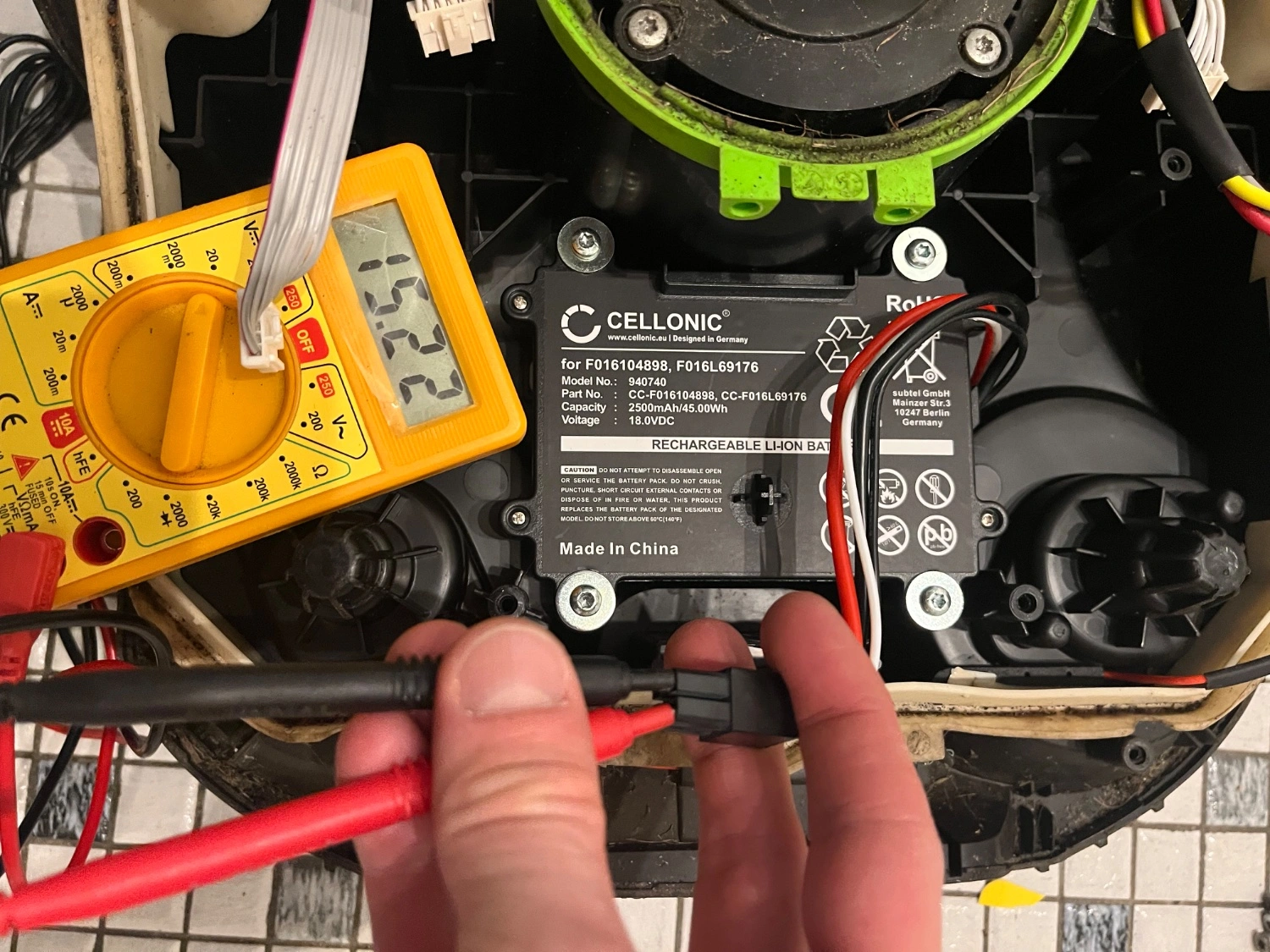this post was submitted on 02 Apr 2025
32 points (100.0% liked)
Ask Electronics
3596 readers
1 users here now
For questions about component-level electronic circuits, tools and equipment.
Rules
1: Be nice.
2: Be on-topic (eg: Electronic, not electrical).
3: No commercial stuff, buying, selling or valuations.
4: Be safe.
founded 2 years ago
MODERATORS
you are viewing a single comment's thread
view the rest of the comments
view the rest of the comments

I am assuming that 18v is 5 cells in series, with a nominal voltage of 3.7 x 5 = 18.5 volts. At 15.22 each cell is around 3 volts. 3 volts is usually considered the absolute minimum you can discharge cells to. (3.3v is considered flat) If it won’t charge, it’s probably dead.
It might be possible to rig up a charger to very very slowly charge the battery up to about 3.3 volts, at which point the proper charger might agree to fully charge the battery, but with the cells already below 3.3v there’s a good chance it won’t work even if you did that. And it’s not without risks.
And also: is a depleted battery more likely to short circuit and overheat?
Yes
Even if that worked, these cells will never be able to hold a significant charge.
Thank you for the elaborate response. Does this seem reasonable: Charging voltage 5 * 3,3v = 16,5v, charging current limit 100mA? And then put the whole thing in the garden? Would you take breaks?
I’d go even lower, maybe 50mA. The main issue you’re fighting is internal resistance, which will cause things to heat up. Your other issue is that I’ve averaged things, however it’s quite likely that one or more cells has a significantly lower voltage than others (and therefore a higher resistance) so can cause more risk.
If you’re able to get the pack apart and measure the cells separately that will help a lot
If you can get the pack apart, I'd just rebuild it. Replacement cells are as little as $2 each.